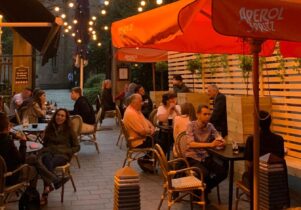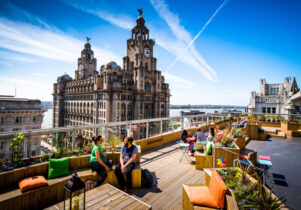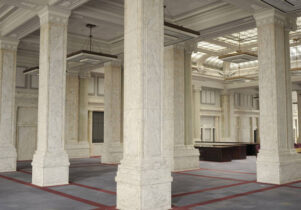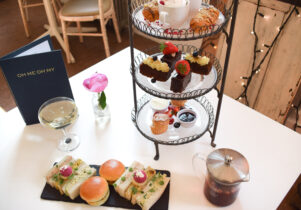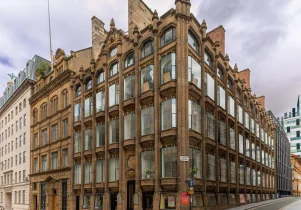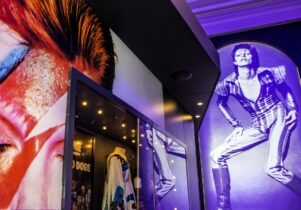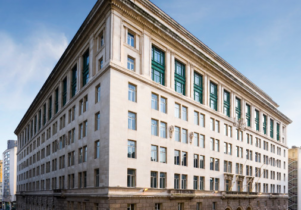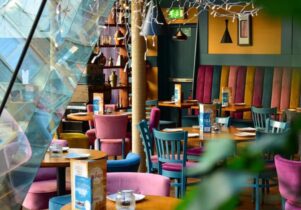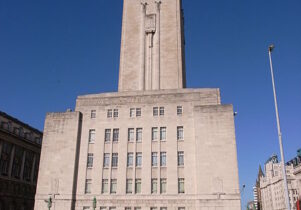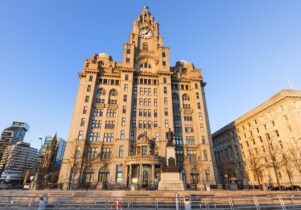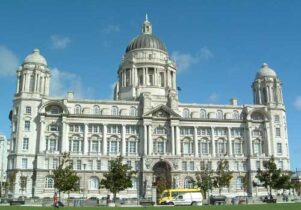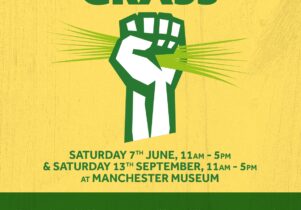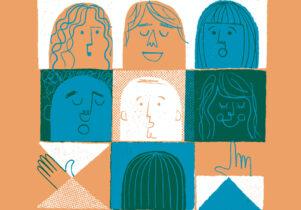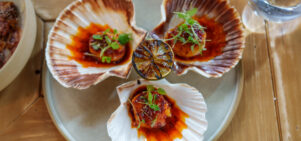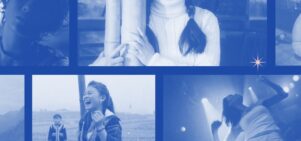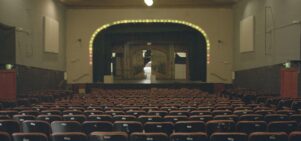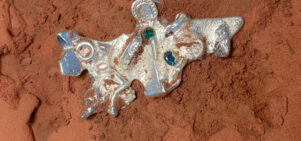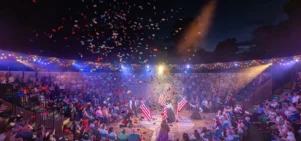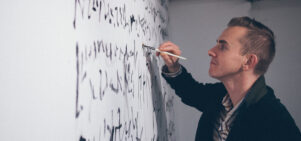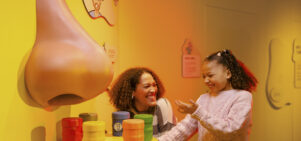LGBT+ History Month with National Museums Liverpool
Vicky AndrewsVisit now
LGBT+ History Month
Always double check opening hours with the venue before making a special visit.
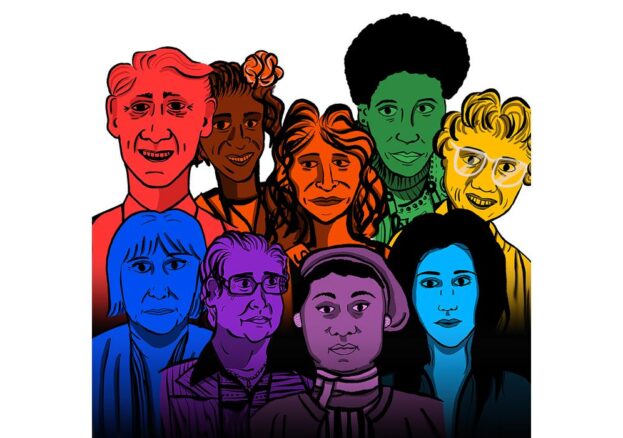
National Museums Liverpool is celebrating LGBT+ History Month with the spotlight on a wealth of fascinating online collections that reflect gay lives, histories and culture across Merseyside.
This February, National Museums Liverpool (NML) reveals the untold histories and lived experiences of lesbian, gay, bisexual, and transgender people as never before. The theme for 2021 is ‘Body, Mind, Spirit’ and NML has curated a special collection of exciting online commissions which celebrate LGBT+ people, past and present. The collections document the history, lives and experiences of the LGBT+ community, from life at sea and in port, to the modern gay quarter around Stanley Street.
Online highlights include an exploration of LGBT+ art history across NML venues such as Simeon Solomon’s Mystery of Faith from the Lady Lever Art Gallery‘s collection and the work of Rosa Bonheur at Sudley House. ‘A Little History of LGBT+ Love’ draws on important historical relationships; Emperor Hadrian (whose bust is in the World Museum) and Antinous (statue from the Lady Lever Art Gallery) are one of the most famous homosexual couples in Roman history.
The online programme also features insightful interviews with leading figures in Liverpool’s LGBT+ community including Detective Sgt. Christian Owens of Merseyside Police and Caroline Paige, the first openly Transgender Officer in the British Armed Forces. Commissioned works for LGBT+ History Month include new poetry from local writer Felix Mufti-Wright.
In addition to the virtual celebrations, the Museum of Liverpool is displaying an installation of a House of Suarez Vogue Ball dress in its window.
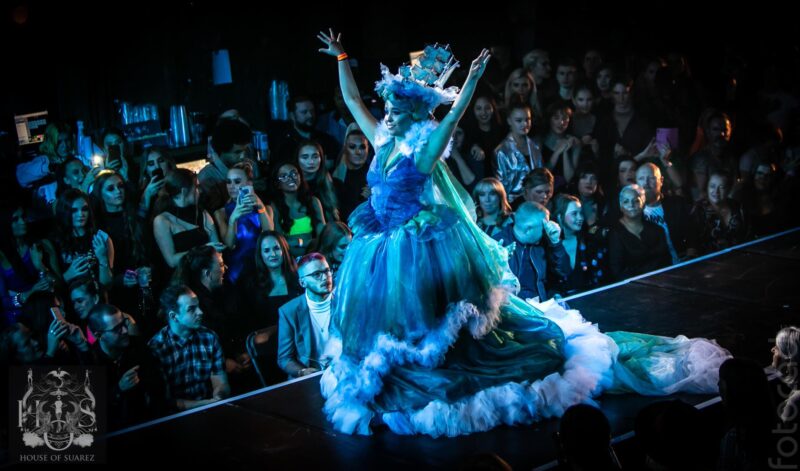
This epic, sweeping gown and headpiece were specially commissioned for Liverpool River Festival in 2019 and inspired by the city’s maritime history. The dress went on to strut its stuff at the House of Suarez Vogue Ball, where the fiercest voguers and performers battled it out in an underwater themed spectacular. Visitors will be able to see the gown up close and personal once again when the museums reopen their doors to the public.
